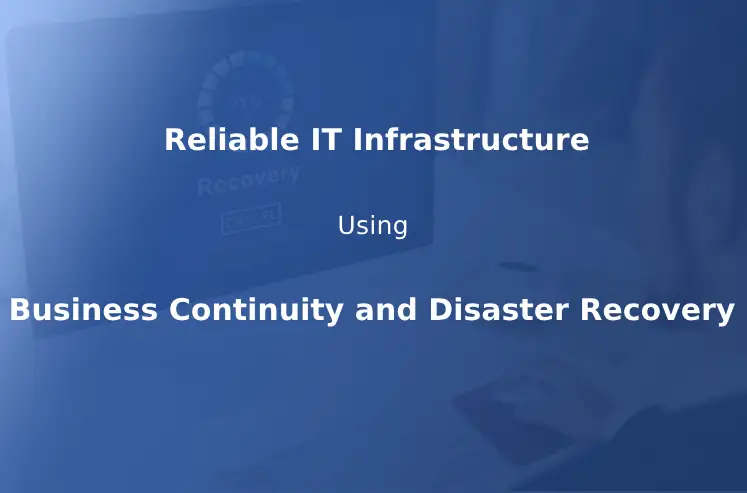
For small business entrepreneurs, mergers and acquisitions (M&A) can be a powerful strategy to drive growth, expand market presence, and unlock new opportunities. However, entering an M&A deal requires careful planning, thorough analysis, and strategic decision-making. In this article, we will explore the top seven M&A tips specifically tailored for small business entrepreneurs, providing examples and explanations to help navigate the complexities of such transactions successfully.
1. Define Clear Objectives:
Before pursuing any M&A opportunity, it is crucial to define clear objectives. What do you hope to achieve through the transaction? Are you looking to enter new markets, acquire a competitive advantage, or diversify your product offerings? By establishing well-defined goals, you can align your efforts and evaluate potential targets more effectively.
Let’s say you run a small software development company focused on mobile applications. Your objective might be to expand into the gaming industry by acquiring a smaller game development studio with a successful portfolio. This objective sets a clear direction for your M&A strategy.
Clear objectives help you stay focused throughout the M&A process. They guide your search for suitable targets and assist in evaluating potential deals against your defined criteria.
2. Conduct Thorough Due Diligence:
Thorough due diligence is essential to uncovering potential risks, liabilities, and synergies associated with an M&A target. This step involves evaluating financial statements, legal obligations, intellectual property rights, customer contracts, and market positioning of the target company.
Suppose you are considering acquiring a local digital marketing agency. During due diligence, you discover that the agency has a high customer retention rate, a strong online presence, and an extensive network of industry partnerships. These findings indicate significant growth potential and may reinforce your decision to pursue the acquisition.
Due diligence provides valuable insights into the target company’s strengths, weaknesses, opportunities, and threats. It helps you make an informed decision, negotiate effectively, and avoid potential pitfalls.
3. Seek Compatibility:
Compatibility between your business and the target company is crucial for a successful M&A. Assess cultural fit, strategic vision alignment, and compatibility of management teams and employees. Incompatible cultures and conflicting strategies can hinder post-merger integration and result in lower synergy realization.
Imagine your small manufacturing company is looking to acquire a family-owned supply chain management firm. Both companies share similar values, have a customer-centric approach, and prioritize quality control. The compatibility in their cultures and operations increases the chances of a successful integration.
Evaluating compatibility ensures a smoother integration process, facilitates effective collaboration, and reduces the risk of internal conflicts or disruptions.
4. Engage Experienced Professionals:
M&A transactions are complex and require expertise in various areas, including finance, law, and negotiation. Engaging experienced professionals, such as investment bankers, lawyers, and M&A advisors, can provide valuable guidance throughout the process.
You are a small e-commerce retailer exploring acquiring a logistics company. By working with an experienced M&A advisor, you gain access to their network, industry knowledge, and negotiation skills. They help you identify suitable targets, negotiate deal terms, and navigate legal and regulatory requirements.
Experienced professionals bring specialized knowledge and experience, increasing the likelihood of a successful M&A transaction. They can assist in deal sourcing, valuation, due diligence, and deal structuring.
5. Develop a Strong Integration Plan:
A well-structured integration plan is critical for successfully merging two organizations. It should outline the steps, timelines, and responsible parties for integrating operations, systems, processes, and cultures. Proactive planning and clear communication are key to overcoming integration challenges.
Let’s say you are acquiring a smaller software company that specializes in artificial intelligence. Your integration
The plans might involve aligning development processes, integrating data systems, and cross-training employees to leverage their AI expertise.
A strong integration plan minimizes disruptions, facilitates synergy realization, and ensures a seamless transition. It helps streamline operations, eliminate redundancies, and optimize the combined entity’s performance.
6. Consider Financing Options:
Determining the financing structure for an M&A deal is crucial. Assess different financing options, such as cash, debt, equity, or a combination of these. Consider the impact on your business’s financial health and future growth prospects when choosing the appropriate financing method.
Suppose you are a small renewable energy company aiming to acquire a solar panel manufacturer. You may choose a combination of cash and equity financing, leveraging your existing resources while offering equity to the target company’s shareholders to align their interests with yours.
Careful consideration of financing options ensures a sustainable financial structure for the merged entity. It balances the need for capital with the goal of maintaining financial stability and flexibility.
7. Communicate Transparently:
Transparent and timely communication is crucial throughout the M&A process. Engage with employees, customers, suppliers, and other stakeholders, sharing relevant information, addressing concerns, and providing reassurance. An open dialogue helps build trust and maintain positive relationships.
As you proceed with the acquisition, you actively communicate with your employees about the potential benefits, opportunities, and changes that may arise. You involve them in the decision-making process and provide regular updates to reduce uncertainty and foster a sense of inclusion.
Transparent communication reduces uncertainty, minimizes resistance to change, and fosters a positive environment during the integration process. It ensures a smoother transition and paves the way for successful post-merger integration.
Key Takeaways:
Mergers and acquisitions can be transformative for small business entrepreneurs, offering avenues for growth and expansion. By following these seven M&A tips—defining clear objectives, conducting thorough due diligence, seeking compatibility, engaging experienced professionals, developing a strong integration plan, considering financing options, and communicating transparently—you can enhance your chances of a successful M&A transaction. Remember that careful planning, meticulous analysis, and strategic decision-making are crucial for unlocking the full potential of mergers and acquisitions in your entrepreneurial journey.
ITAdOn approaches post-merger technology integration with a strategic mindset. As your dedicated consultant, we collaborate closely with your team to address the most essential technology requirements while maintaining the most significant strategic objectives; we take account of the forest and the trees
Schedule a meeting with us today to see how we can benefit your IT merger or acquisition project.






